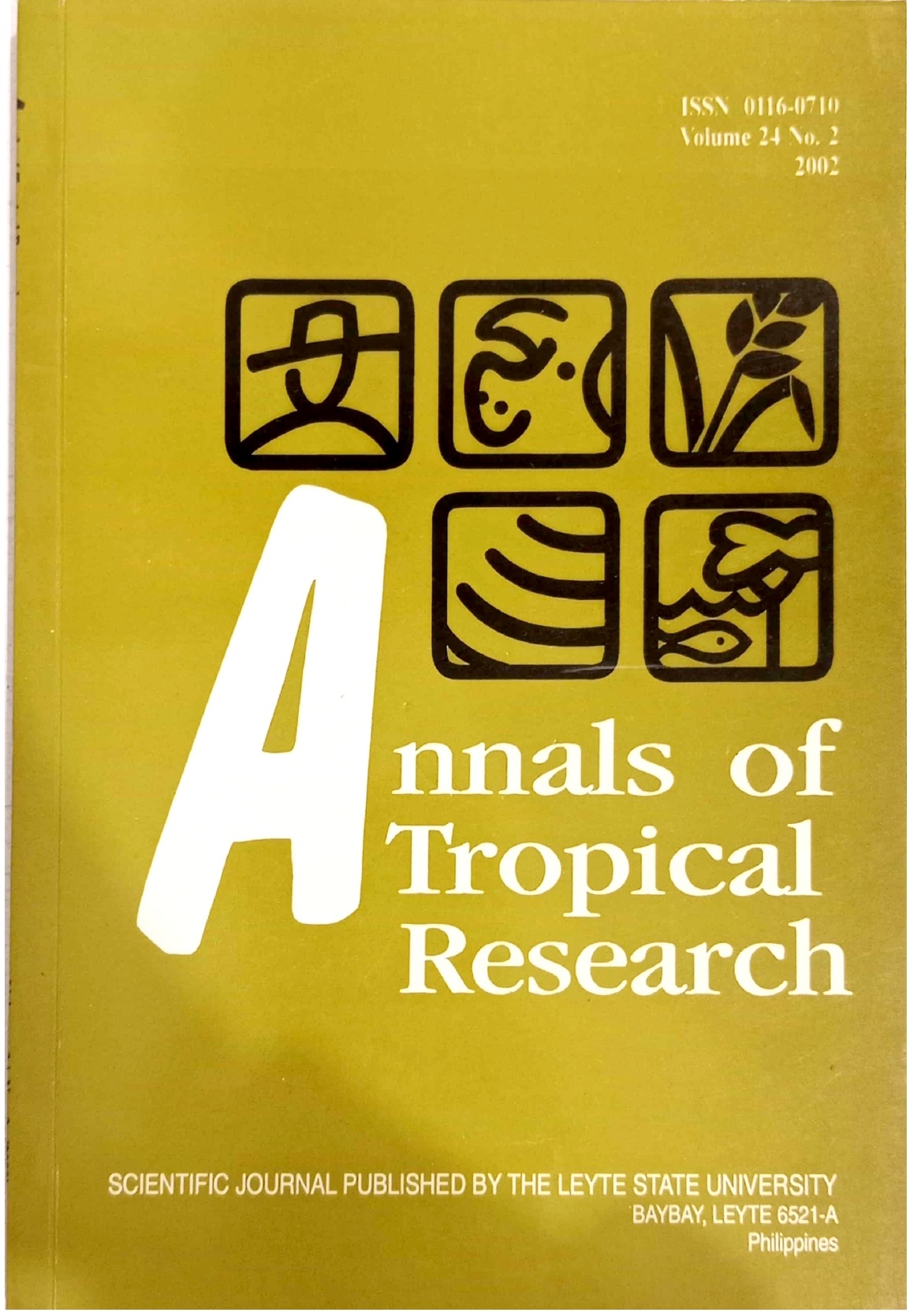Mora grass in contour hedgerow: A technology for a sustainable upland farming system
Keywords:
“mora” grass, contour hedgerow, soil erosion, fallow-rotation farmingAbstract
The study was conducted on six adjacent upland farms usually planted to native corn under a few old coconut trees. The site had a slope ranging from 9 – 17% and had a clayey soil. The following were the objectives of the study: a) to determine the feasibility of using “mora” or vetiver grass (Vetiveria zizanoides) as foundation for establishing contour hedgerows, b) to determine the physical and chemical changes of the soil in the farm site in terms of color, slope, crop yield over time and the kind of vegetation and crops planted in between the contour strips, and c) to document farmer-cooperators’ responses and feedback on the effectiveness of “mora” used as contour hedgerow.
Farmer-users of “mora” grass as contour hedgerow claimed that the grass adapted well in the upland, checked soil erosion, stabilized the farm, and improved soil fertility. The consistent increase in the values of extractable phosphorus, potassium, calcium, and organic matter of the soil was believed to have caused the ramarkable increase in the yield of corn during the last two cropping seasons. Apparently, lesser soil erosion, improved soil fertility, and availability of moisture in the soil have contributed to the increase in productivity and profitability of the contour farms. The technology on the use of “mora” as foundation for contour hedgerows in upland corn fields has helped sustain crop productivity and supports current thrust on sustainable agriculture.
Downloads
Submitted
Published
How to Cite
Issue
Section
License

This work is licensed under a Creative Commons Attribution-NonCommercial-ShareAlike 4.0 International License.







